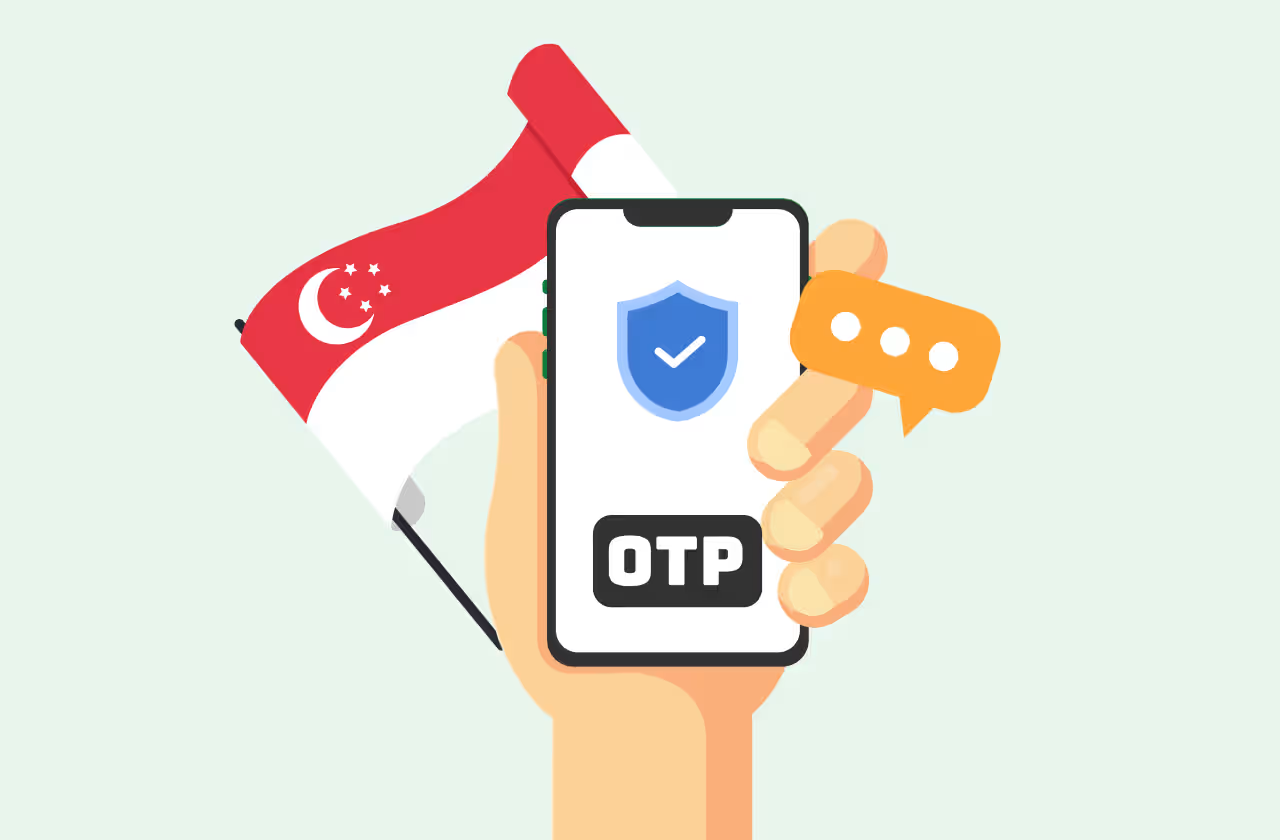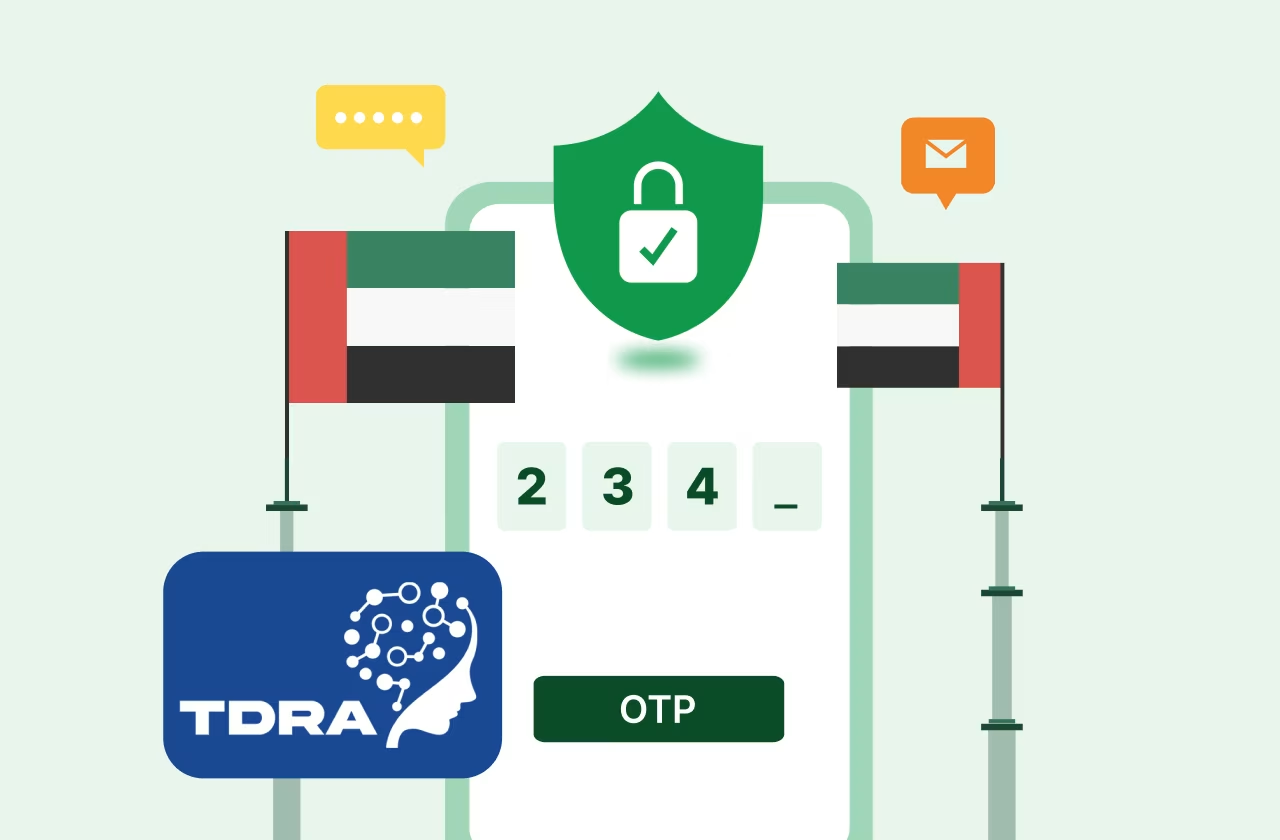Key Takeways
According to a study, it is expected that the two-factor authentication market industry will grow up to USD 31,084.5 billion by 2032. Both verification and authentication play essential roles in ensuring data integrity and user authenticity. While these terms are often used interchangeably, they refer to different concepts and serve multiple purposes in terms of security.
What is Authentication?
Authentication is the process of verifying the identity of a user or system. It ensures that the entity trying to gain access is indeed who or what it claims to be. This is the first line of defence in protecting resources from unauthorized access.
Why is Authentication important?
Authentication is crucial because it:
- Protects sensitive data from unauthorized access and smishing.
- Ensures that only authorized users can perform certain actions.
- Helps in maintaining user accountability by linking actions to specific identities.
- Prevents identity theft and fraud by confirming the authenticity of users.
What are the Different Types of Authentication Methods?

The different user authentication methods are:
- Password-Based Authentication
Users authenticate by entering a password. It is simple and widely used, but vulnerable to digital attacks, phishing and password theft. Strong passwords and additional security measures are often necessary to enhance protection.
- Two-Factor Authentication (2FA)
2FA or Two-Factor Authentication requires two forms of identification, typically a password and a second factor like SMS short code. This adds an extra layer of security but can be inconvenient for users and relies on the availability of the second factor.
- Biometric Authentication
Biometric authentication uses unique biological traits like fingerprints, facial recognition or iris scans. It is highly secure and difficult to replicate but raises privacy concerns and potential for biometric data theft.
- Token-Based Authentication
Token-based authentication uses physical devices (tokens) or software tokens (e.g., authentication apps) to generate one-time codes. It is secure and convenient for users, but tokens can be lost or stolen, posing a security risk.
- Multi-Factor Authentication (MFA)
MFA or Multi-Factor Authentication uses two or more authentication factors, such as passwords, biometrics and hardware tokens. It provides a high level of security but can be complex to implement and use. It is widely adopted in environments requiring high-level security.
- Single Sign-On (SSO)
SSO or Single Sign-On allows users to authenticate once and gain access to multiple systems. It is convenient and improves user experience but represents a single point of failure if the SSO system is compromised, potentially providing wide access.
You can also refer to our detailed guide on methods of user authentication for a comprehensive understanding.
What is verification?
Verification is the process of checking the accuracy and validity of information. Unlike authentication, which confirms identity, verification ensures that the data provided is correct and trustworthy, playing a crucial role in data accuracy.
Why is verification important?
Verification is essential because it ensures the accuracy of data being used or stored, preventing fraud by confirming the validity of information. It supports compliance and regulations in countries like India and enhances decision-making processes by providing reliable information.
What are the Different Types of Verification Methods?

The different types of verification methods are:
- Phone Verification
Phone verification validates a phone number through voice call or SMS verification code. It is effective for confirming user identity but relies on user access to the phone and can be intercepted by attackers. You can now have access to SMS verification APIs for phone verification using an SMS verification provider like Verify Now by Message Central.
- Email Verification
Email verification confirms that an email address is valid and belongs to the user. It is simple and widely used for account creation and notifications but can be circumvented if the email account is compromised.
- Document Verification
Document verification checks the authenticity of IDs or passports using OTP SMS in banks sent to the registered mobile number. This confirms document possession and provides strong identity proof but can be time-consuming and may require manual validation.
- Address Verification
Address verification confirms the validity of a physical address, often through postal mail. It ensures accurate location data, but the process can be slow and prone to errors in delivery, affecting timely verification.
- Credit Card Verification
Credit card verification ensures the validity of credit card details during transactions which can also be done with the help of text verification tools. It reduces fraudulent transactions but can be bypassed if card details are stolen, necessitating additional security measures.
- Biometric Verification
Biometric verification on mobile phones uses traits like fingerprints or facial recognition to verify identity. This method is highly secure and protects against cyberattacks like SMS phishing, but it raises privacy concerns and potential misuse of biometric data, requiring a strong data protection measures.
How are Authentication and Verification different?

Authentication confirms the identity of a user or system, while verification checks the accuracy and validity of information. Both are essential for secure and reliable operations, but they serve different purposes.
The below will explain the basic differences between them:
- Process
Authentication involves proving one's identity through passwords, biometrics, tokens, etc., whereas verification involves validating data such as email addresses, phone numbers, documents, etc. Each process utilizes different methods and tools.
- Context
Authentication is used for securing access to systems and resources, ensuring that only authorized users can enter. Verification is used for ensuring the correctness of data and preventing fraud, often in data entry and transactions.
- Outcome
Authentication results in access being granted or denied based on identity confirmation, while verification results in the data being accepted or rejected based on its validity. Each process has a distinct result impacting silent SMS attacks, security and data integrity.
- Tools and Technologies
Authentication involves tools like password managers, biometric scanners, authentication apps, etc. Verification involves tools like email verification services, document scanners, credit card validation systems, etc., each suited to their specific purposes.
Give example of Authentication and Verification?
For better understanding, here are examples of both:
- Authentication- Secure Mobile Banking Login with Two-Factor Authentication
Imagine accessing a mobile banking app. To log in, the user first enters their username and password, which is a form of password-based authentication.
To enhance security, the system then sends an OTP check to the user’s registered mobile phone number. The user must enter this OTP within a short time frame to proceed, implementing two-factor authentication. This process ensures that only the authorized user with access to the registered mobile device can complete the login.
- Verification- Verifying Your Mobile Number for a New Payment Service
Consider signing up for a new mobile payment service. During the registration process, the user provides their mobile phone number. The system sends an OTP SMS to verify this number for its validity.
The user must enter the OTP on the registration page to confirm they have access to the provided number. Once the correct OTP is entered, the system verifies the phone number and completes the registration, ensuring that the mobile number is both valid and accessible by the user.
What are some future trends in Authentication and Verification industry?

The future of Authentication and Verification industry is:
- Password-less Authentication
Password-less authentication uses biometrics, tokens, or mobile devices, eliminating passwords for better security and convenience.
- AI and Machine Learning
Detect fraud and authenticate users with advanced algorithms, enhancing accuracy and efficiency.
- Blockchain Technology
Provides decentralized, secure identity verification, ensuring data integrity and reducing breach risks.
- Continuous Authentication
Monitors behaviour and re-authenticates based on anomalies for ongoing identity verification.
- Digital Identity Verification
Uses digital documents and biometrics to verify identities online, streamlining the process.
Conclusion
Understanding the differences between authentication and verification is vital for implementing effective security measures. Authentication confirms user identity, while verification ensures information accuracy, both vital for protecting sensitive data and preventing frauds.
Leveraging various methods and staying informed about emerging trends helps organizations enhance cybersecurity and maintain trust in digital interactions.




.avif)





